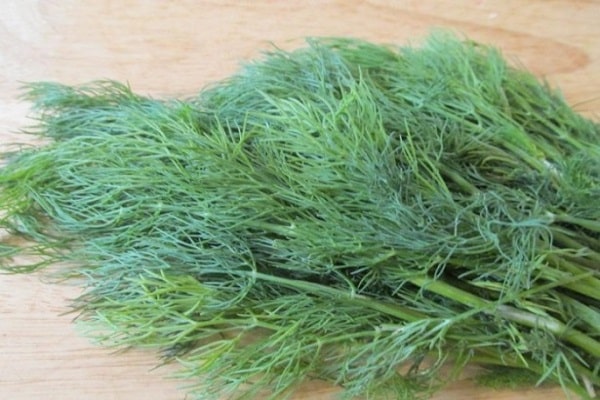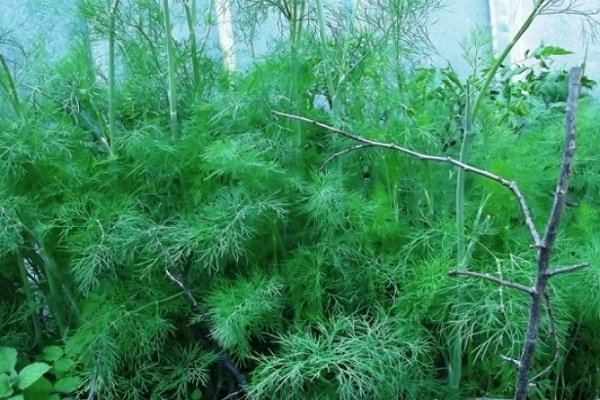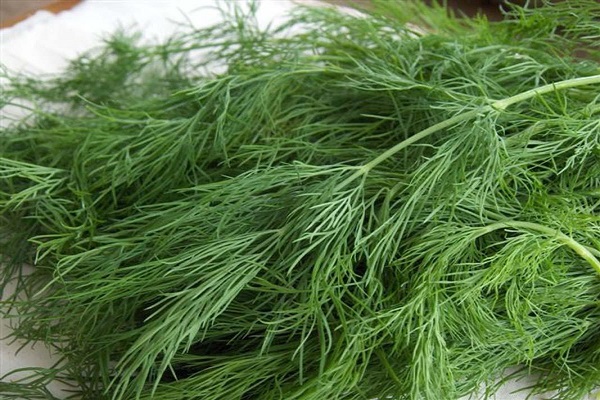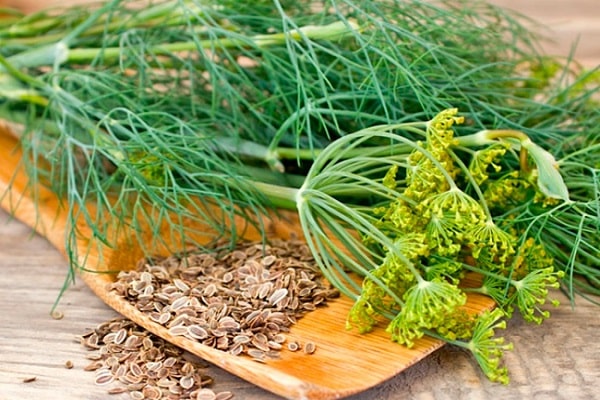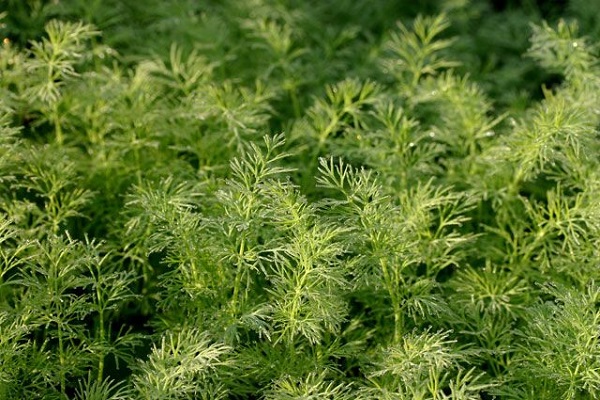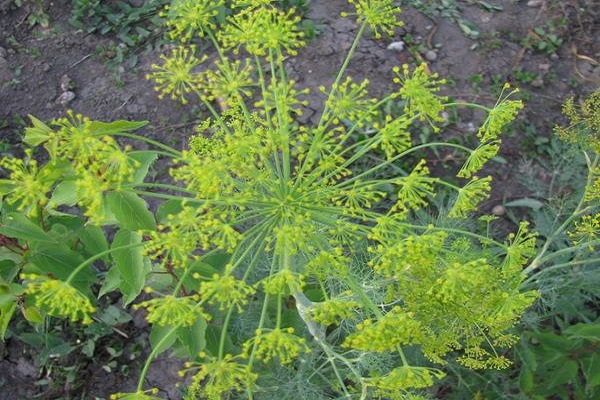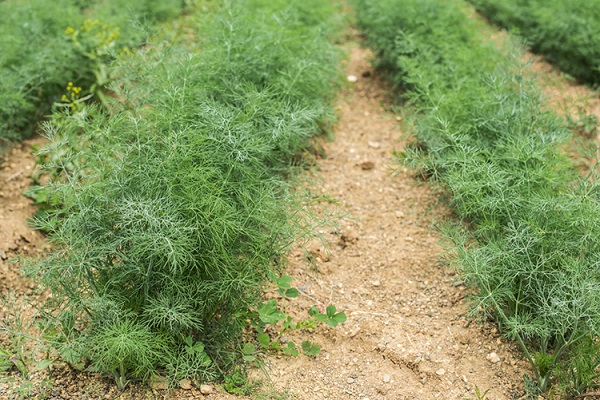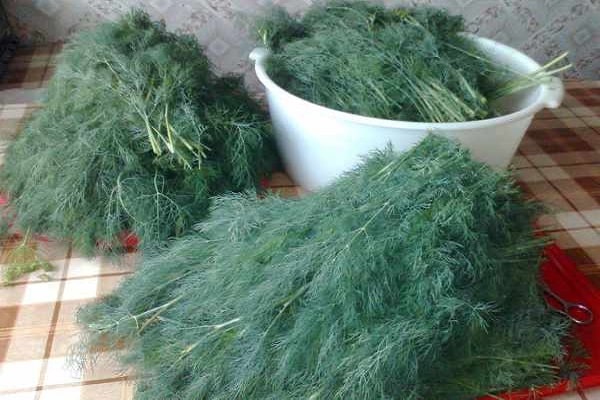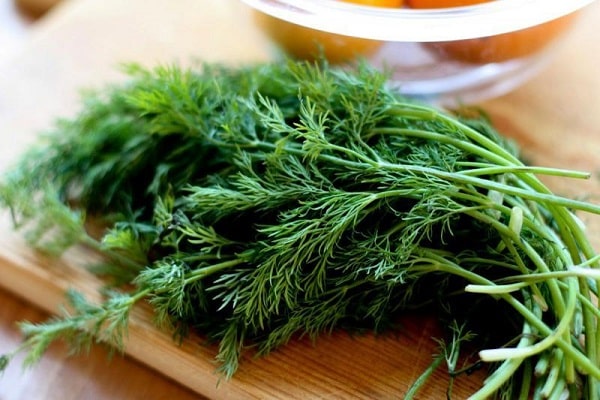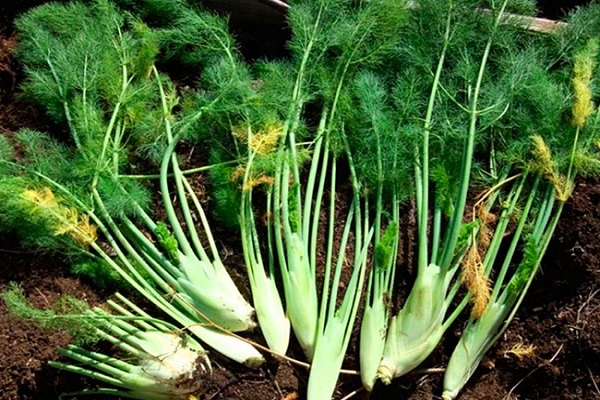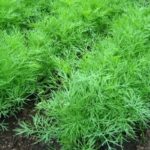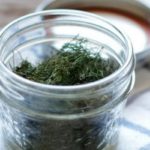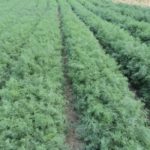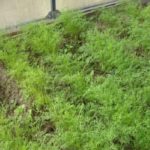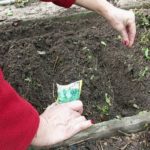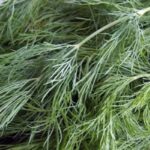Dill Kibray is one of the most popular types of garden crops grown in the Russian regions. Gardeners’ love for this species is explained by the plant’s unpretentiousness and a large number of healing properties. To obtain greenery of the required quality, it is recommended to learn about the peculiarities of growing this variety before starting gardening work.
Description of the variety
The Kibray variety is a variety of dill with an average ripening period. The plant is considered one of the best in terms of growth and yield of green mass. The variety is unpretentious in care and can not form umbrellas for a long time.
The garden crop has large rosettes with wide leaves. The average height of one rosette is 40 cm. The bright green leaves are characterized by juiciness with a delicate, mildly pungent taste and a rich green aroma.
The description of the variety indicates the possibility of growing in closed structures and in open ground. To obtain an earlier harvest, the seeds are sown earlier; if the temperature outside is not warm enough, the planting site is covered with film or agrofibre. The state of maturity occurs after 40-45 days.
The productivity of the variety is considered one of the highest and from 1 m2 you can get up to 3 kg. The average weight of an adult plant is about 30 grams. A feature of this type of garden culture is considered to be the ability to maintain juiciness and proper appearance.
Growing
Kibray is easy to grow and does not require special planting skills, so it is suitable even for novice gardeners. In Russian regions, in most cases, the variety is grown in beds by sowing seeds in open ground. The characteristics of dill classify it as a type of cold-resistant garden plant. Seeds begin to grow when the soil temperature reaches 3 °C. To ensure normal development of dill, a sufficient temperature regime of 8 to 10 ° C is required.
The basic rule for getting a good yield of greenery is that the plantings should not be made too dense. The following crops are considered the best predecessors for the plant:
- cucumbers;
- tomatoes;
- legumes;
- cabbage.
It is recommended to prepare a permanent planting site in the autumn. To do this, choose a well-lit area, dig up the soil onto the bayonet of a shovel and fertilize it.The best way to improve soil quality is considered to be a composition of the following components:
- 15 grams of ammonium nitrate;
- 10 grams of superphosphate;
- 10 grams of potassium salt.
A mixture of such components is applied to the soil in an amount of 3 kg for every 1 m2. In most cases, this amount of nutrients is enough for the entire growing season.
More effective for growing dill form not stripes, but small grooves 5 cm wide with a depth of 2 to 3 cm, while the seeds are sown across the entire width. There is a distance of 25 cm between each furrow.
Features of care
Care involves ensuring timely weeding and watering. After the first shoots appear, the excess bushes are pulled out completely, since with this method the root system of neighboring plants is minimally damaged. Weeds at the planting site must be removed.
In most cases, autumn fertilizers are sufficient, so additional fertilizing is carried out in exceptional cases.
The need to apply mineral fertilizers can often be determined by the appearance of the greenery. For example, yellow leaves and early flowering indicate a lack of nitrogen.
In this case, it is enough to treat the planting area with a urea solution prepared at the rate of 1 tsp. funds for a full bucket of water. It is worth remembering that dill leaves have the ability to accumulate nitrates, so you should not overuse nitrogen fertilizers. Dill should not be treated with ash, as this causes reddening of the leaves and slow growth of shoots.
Advantages and disadvantages
Dill is valued for its high content of minerals and vitamins, as well as a large amount of essential oils.Such a product is a valuable source of useful substances that have a beneficial effect on the functioning of almost all vital systems of the human body.
The advantages of Kibray dill are:
- versatility of use;
- high green yield;
- possibility of growing in outdoor, greenhouse and home conditions;
- pleasant rich taste of greens;
- the ability to maintain taste, juiciness and proper appearance for a long time;
- the ability to be used as seasonings in dishes fresh and as a dry spice;
- wide opportunities in the field of prevention and treatment of various types of diseases.
Dill of the Kibray variety can be used fresh and as a spice for various dishes. Greens add rich flavor to salads and are often used in marinade recipes. The beneficial properties of the plant are well preserved when frozen; dill leaves do not lose their beneficial qualities when dried.
Pests and diseases
One of the main diseases of dill varieties Powdery mildew is considered. The Kibray variety is considered one of the few species that have good immunity to this problem. Due to this feature, the crop can be grown even on wet soils.
When growing dill, the plant cannot be treated with chemicals, so the fight against pests and diseases should be carried out only with the use of preventive measures, namely, compliance with crop rotation, complete destruction of green mass after harvesting and digging the soil to a great depth.
Harvest and storage
The time for collecting dill depends on the purpose of further use. If necessary, use fresh or for preparing dishes for direct use after collection, the greens can be picked at any time.Greens should be collected in the morning, to do this, tear off the required number of leaves or cut off the entire shoot.
You should adhere to the following collection recommendations:
- mass harvesting for the purpose of preserving the crop by freezing or drying is carried out when the dill reaches a height of 30 to 35 cm;
- to collect spices, choose the period when the age of the greenery reaches 55-60 days;
- the seeds are collected after the umbrellas acquire a gray tint and harden.
To store dill for a long time, freezing or drying is used. After harvesting, the product must be prepared for storage:
- pick off yellow and wilted greens;
- Dip the dill into a container of water, allowing the dirt from the greenery to sink to the bottom;
- shake out the bunches, place in a colander and rinse with running water;
- spread on a towel and wait for time to dry completely.
Fresh greens can be stored for about a month in a plastic container; the container does not allow air to enter and the greens do not rot. The vacuum container will allow save dill within six months. Longer storage can be achieved by treating greens with salt. To do this, the greens are chopped and placed in a glass jar in layers, alternating a layer of greens and a layer of layers.
A popular method is freezing dill. This option allows you to obtain dill in winter and use it as an ingredient for first and second courses.
Chopped greens can be placed in a plastic bag or placed in an ice maker with water. When placing in bags, do not press down the greens too much and squeeze out the air, which will allow the plant to better preserve its healing and beneficial properties.The preparation of “dill cubes” ensures ease of further use, which makes the preparation of soups and main courses with a similar component convenient, since there is no need for preliminary preparation of the seasoning.
When making a dry product, the greens are placed in a warm, ventilated place. Dill is laid out on a flat surface in a thin layer. As the grass dries, the plant is stirred, thereby achieving uniform drying.
Completely prepared dry greens are placed in a storage container. Using a glass container with an airtight lid will prevent foreign odors from being absorbed into the product and will provide the ability to control the consumption of seasoning due to the transparency of the container.

